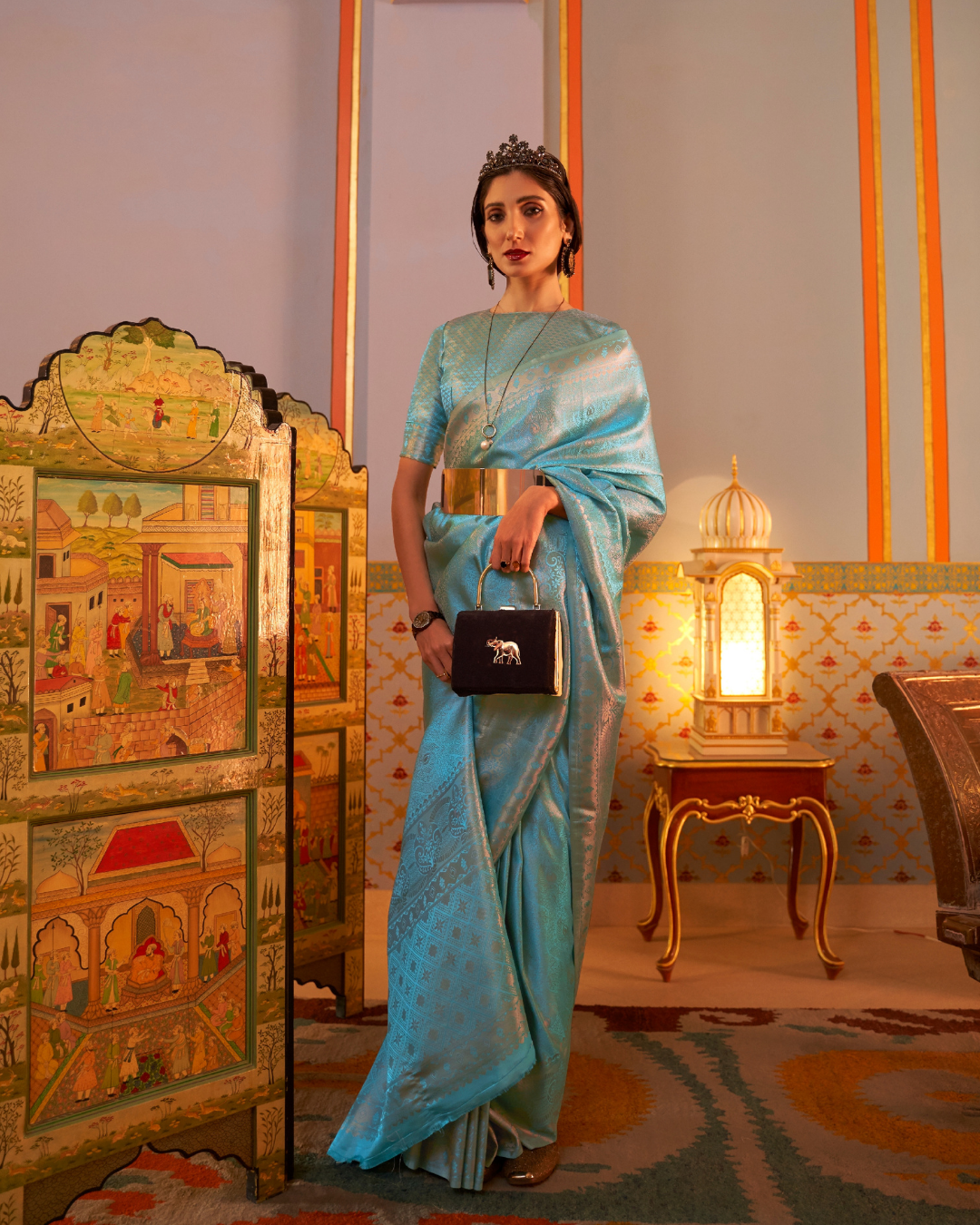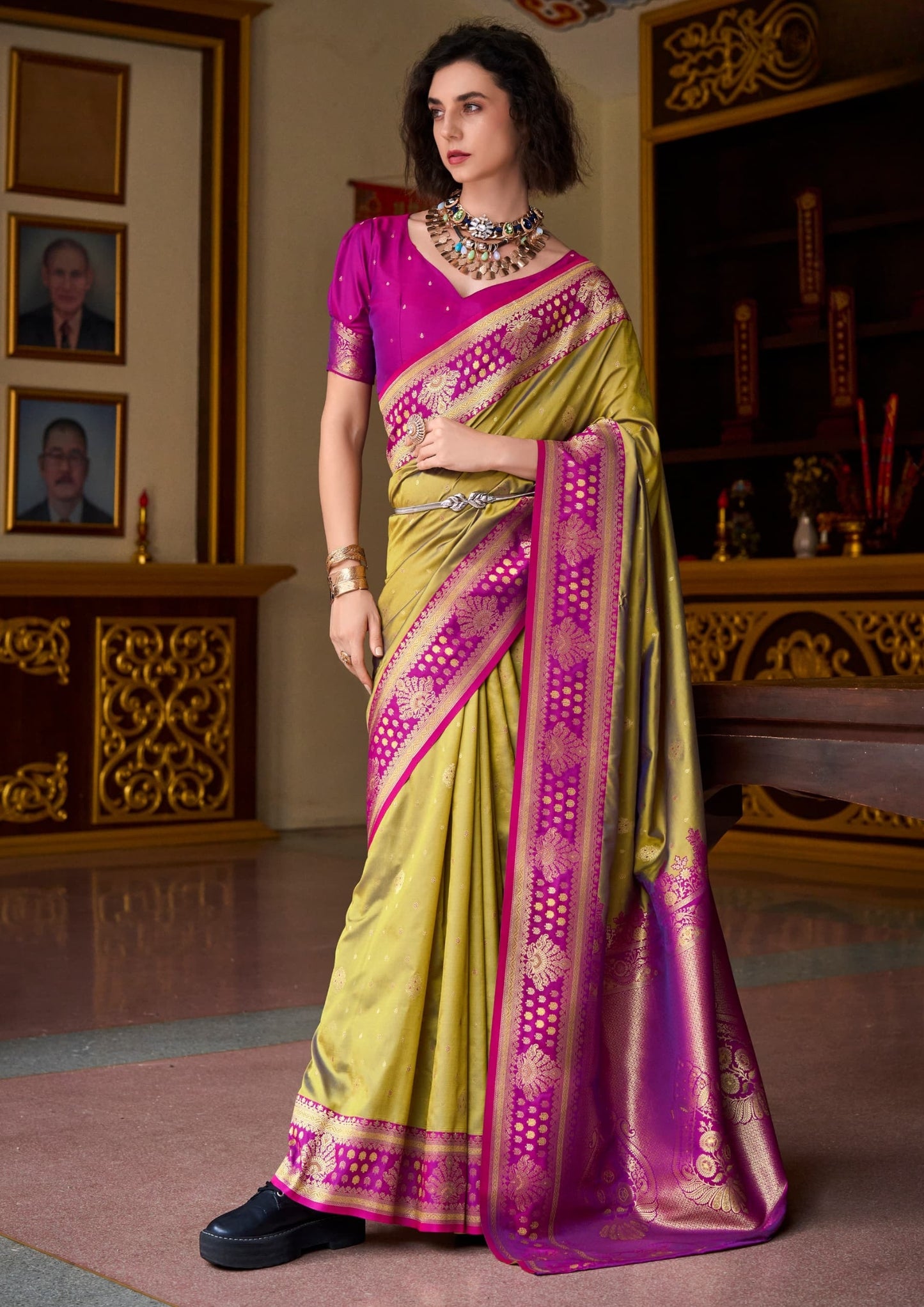There are fashion statements — and then there’s the saree. Ancient, powerful, and endlessly versatile, the saree is no longer just a traditional garment. It has evolved into a bold expression of identity, sensuality, and unapologetic elegance. Today, the saree is not just back — it’s everywhere. On red carpets, runways, destination weddings, and even city sidewalks — the six-yard wonder is having its most stylish renaissance yet.
A Cultural Icon Reimagined

For decades, the saree was viewed through a purely cultural lens — symbolic, sacred, ceremonial. But fashion has a way of reimagining tradition. Designers from India to Paris are now draping models in silk, chiffon, linen, and even denim sarees, pairing them with sneakers, corset belts, oversized jackets, and metallic boots. Think of it as tradition with a twist — timeless roots meeting contemporary rebellion.
The saree is no longer confined to the closet of your mother or grandmother. It’s being styled by Gen Z influencers, worn by global celebrities, and celebrated by fashion editors as a fresh alternative to Western silhouettes.
The Power of the Drape

There’s something quietly powerful about a saree. It doesn’t shout. It whispers. It sculpts your body without constriction. It gives you elegance without effort. Whether you're in a raw silk Kanjeevaram or a sheer organza number, the saree adapts to you — not the other way around.
It’s sensual without being obvious. Strong without being loud. Feminine without being fragile. And that, perhaps, is its greatest triumph in a time where women are reclaiming how they want to be seen.
Style is in the Details

Modern saree styling isn’t about perfection — it’s about personality. A dewy no-makeup look paired with a bold lip and a sleek low bun. Chunky sneakers under a draped cotton saree. A structured blazer over a strapless blouse. The game has changed.
Today’s saree wearers aren’t afraid to mix eras, aesthetics, and accessories. They’re bringing back kamarbandhs and jhumkas — but wearing them with smoky eyes and leather clutches. They’re playing with monochrome looks, minimal draping, belt-cinched pleats, and even thigh-high slits stitched into the pallu.
It’s fashion as self-expression — fluid, fearless, and free.
Worn by Icons, Owned by Everyone

From Deepika Padukone at Cannes to Zendaya in Rahul Mishra at NMACC, the saree has crossed oceans. But while celebrities make headlines, it’s everyday women who are keeping the saree alive — entrepreneurs styling them for boardrooms, artists wearing them to galleries, and brides choosing handloom over haute couture.
In an age where fashion is cyclical and fleeting, the saree remains immune. It doesn’t follow trends — it becomes one.
Why Now? Why Again?

Because the world is shifting. In the post-pandemic fashion landscape, comfort is as important as craft. Heritage is celebrated over fast fashion. Authenticity is the new luxury. The saree fits all of it — and then some.
It’s gender-fluid. It’s body-positive. It’s zero-waste. It’s slow fashion in its most beautiful form.
Final Drapes
To say the saree is back would be misleading. It never truly left. But now, more than ever, it's being seen through a new lens — one that celebrates not just its history, but its future.
So whether you’re pairing it with pearls or platforms, remember: you’re not just wearing a saree.
You're wearing centuries of power, grace, and quiet revolution — all stitched into one flawless drape.


0 comments